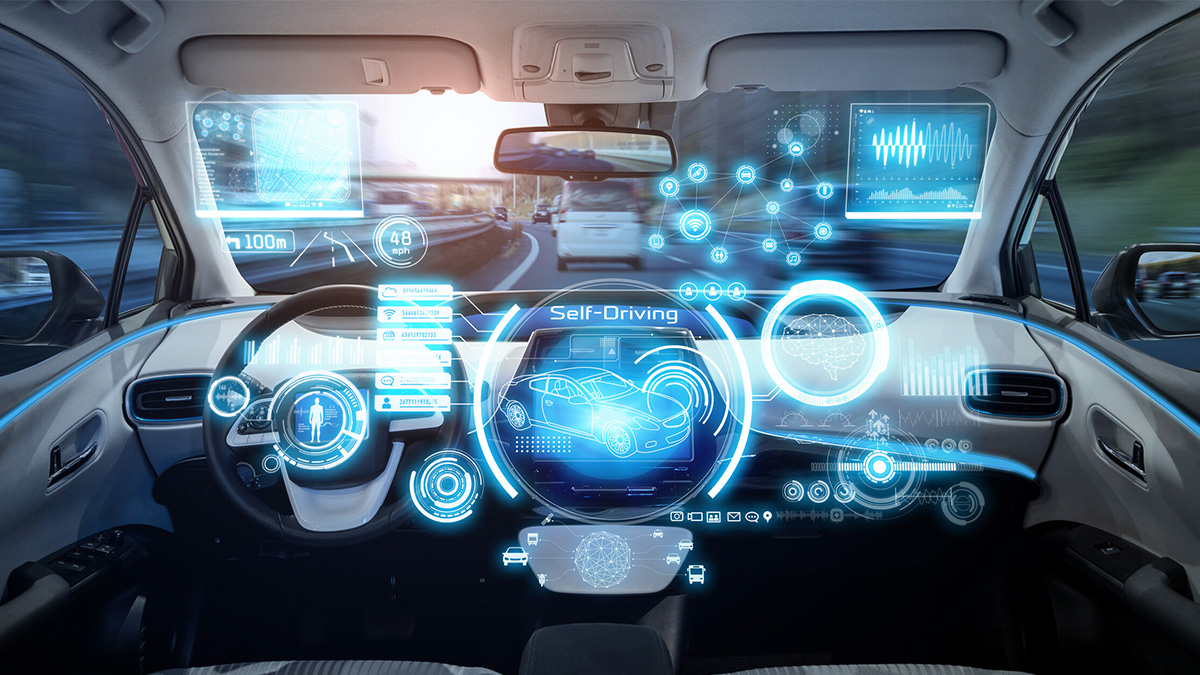Utilizing machine learning and neural networks, artificial intelligence (AI) plays a crucial role in enabling the autonomous operation of self-driving cars. These vehicles leverage a combination of sensors, cameras, radar, and AI to navigate between destinations without the need for human intervention. For a car to be considered fully autonomous, it should demonstrate the capability to independently navigate predetermined routes without human input, even on roads that have not been specifically modified for autonomous vehicle use.
The Evolution of Transportation: From Ford's Revolution to AI-Powered Self-Driving Cars
At the turn of the 20th century, automobiles were primarily a luxury for the wealthy, requiring a chauffeur well-versed in the intricate workings of various models. However, Henry Ford changed the landscape by envisioning and creating a simple, affordable car for the average American worker. This revolutionary idea gave birth to the assembly line production technique, sparking innovations across the automotive industry for faster, more efficient, and cost-effective models.
Fast forward to today, artificial intelligence (AI) is ushering in another era of transformation in the automotive sector with the advent of self-driving cars. In this new race for supremacy, corporate and technology giants such as Tesla, Uber, Waymo, Ford, and General Motors are at the forefront.
Features of Self-Driving Cars: A Glimpse into the Future
Google's Waymo project represents a near-fully autonomous self-driving car that requires human intervention only when necessary. While not completely self-driving, it showcases a high level of autonomy. Many consumer cars today incorporate lower levels of autonomy but offer self-driving features such as hands-free steering, adaptive cruise control, and lane-centering steering.
Levels of Autonomy: Navigating the Spectrum
The U.S. National Highway Traffic Safety Administration (NHTSA) outlines five levels of automation, ranging from Level 0, where humans control the vehicle, to Level 5, where the vehicle's autonomous driving system handles all driving tasks without any human involvement.
Level 1: Advanced driver assistance systems (ADAS) assist with steering, braking, or accelerating separately.
Level 2: ADAS can simultaneously steer and either brake or accelerate, with the driver remaining fully aware and in control.
Level 3: An automated driving system (ADS) can perform all driving tasks under specific circumstances, requiring the human driver to be ready to retake control.
Level 4: An ADS can handle all driving tasks and monitor the environment in specific circumstances, with the human driver not needing to pay constant attention.
Level 5: The vehicle's ADS acts as a virtual chauffeur, handling all driving in all circumstances, and passengers are never expected to drive.
Benefits of AI in Self-Driving Cars: Transforming Our Daily Lives
The integration of artificial intelligence in self-driving cars is expected to bring about positive impacts:
Improved Vehicle Safety: Current cars equipped with AI-driven safety features, such as emergency braking and lane control, enhance overall vehicle safety.
Predictive Driving Capabilities: Cars communicating and exchanging data about road conditions, accidents, and weather through networks allow AI to make informed decisions, contributing to predictive driving.
Traffic Management: AI can alleviate traffic woes by making informed decisions based on real-time data, reducing uncertainties and promoting adherence to traffic rules.
Independence for Disabled Individuals: Self-driving cars provide a newfound independence for disabled individuals, allowing them to rely on AI-driven features like Tesla's summon function.
Impact on Overall Cost: While initial costs might be perceived as steep, the technology's advancements promise improved driving experiences. Standardization of self-driving cars will provide access to both budget and high-end variants, reducing maintenance and insurance costs.
Safety and Challenges of Self-Driving Cars: The Road Ahead
Despite the promises of autonomy, self-driving cars face challenges, including object recognition, decisions in complex situations, and the need for instantaneous responses. Concerns about liability, potential cybersecurity risks, and the ongoing challenge of defining rules and regulations add complexity to the journey toward widespread adoption.
In China, a different strategy is emerging, with the government actively redesigning urban landscapes and policies to create a self-driving car-friendly environment, showcasing the potential for a unique approach to adoption. The future of transportation is undoubtedly shaped by the relentless pursuit of innovation and the fusion of artificial intelligence with automotive engineering.




.jpg)








.jpg)
.jpg)